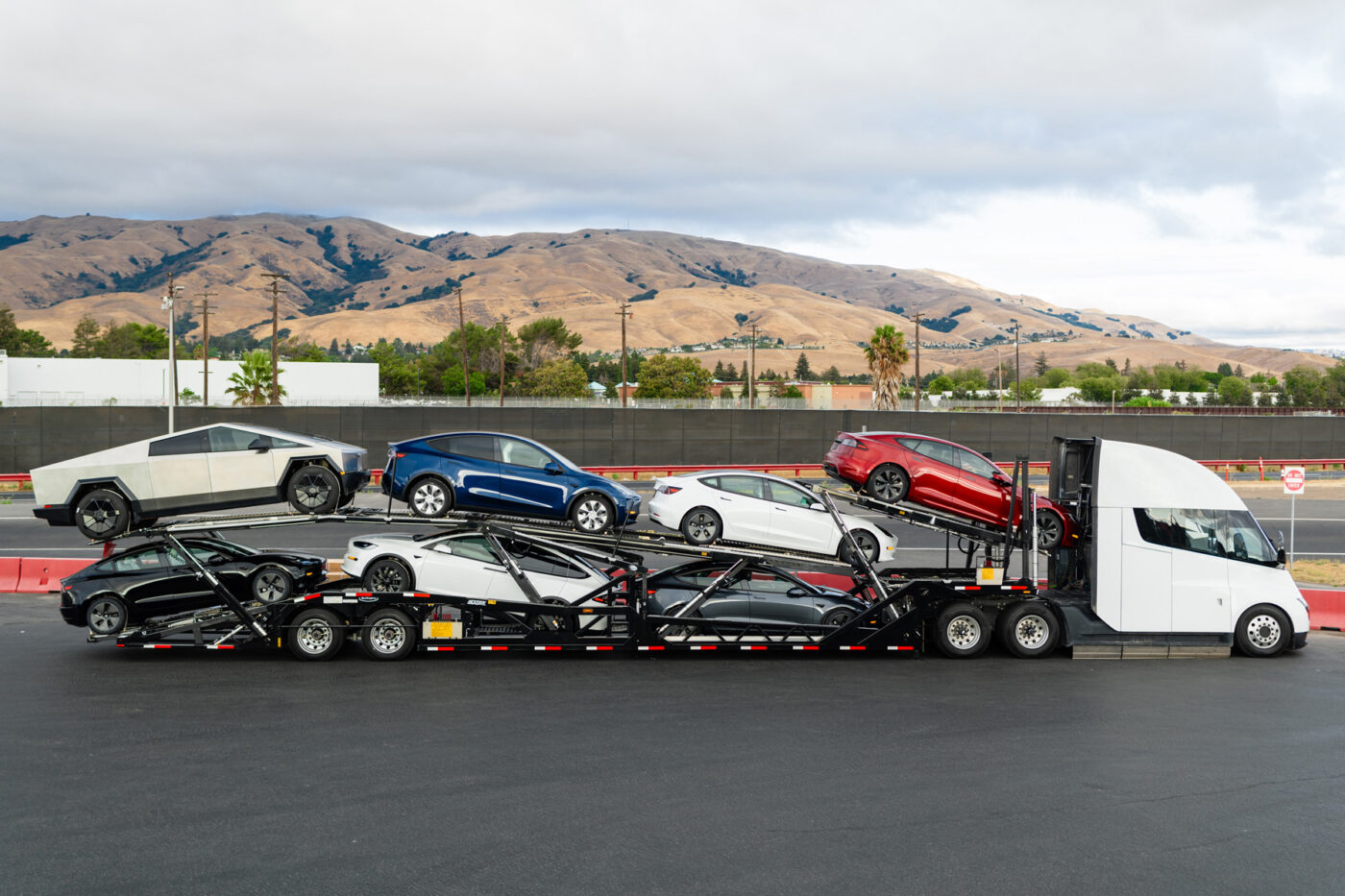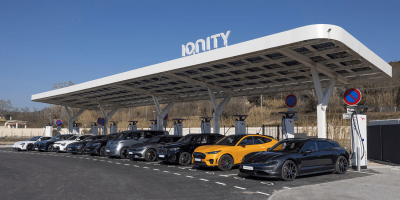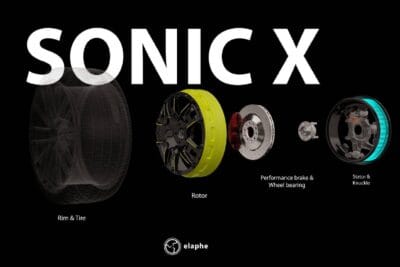Q3: Tesla’s margins continue to shrink
The Texas-based manufacturer generated 23.35 billion dollars in revenue in the most recent quarter ($19.6 billion came from its automotive division). Compared to Q3/2022, sales are up by 9 per cent. But they do not come close to Q2/2023 (24.93 billion dollars), which saw record sales and deliveries. Revenue is 1.5 billion dollars less than in the previous quarter but on par with the first three months of the year.
In terms of GAAP results, Tesla has not been below the 2 billion mark for a long time. The US company posted a profit of only 1.85 billion dollars in the past three months. That is 44 per cent less year-on-year ( 3.29 billion in Q3/2022) and significantly less than in Q2/2023 (2.7 billion dollars). What is striking is that the current result is only about half of the highest quarterly profit to date in Q4/2022.
The operating margin also continues to decline. Total operating margin came in at 7.6 per cent, down significantly from the year-ago quarter’s figure of 17.2 per cent. This trend has been visible for quite some time, with margins dropping to 16 per cent in Q4 last year and 9.6 per cent in Q2/2023. The drop is the logical consequence of Tesla’s global price cuts. Especially after the company lowered prices in China, Europe and the US again in September.
“An industry leader needs to be a cost leader”
The key figures from the Q3 business figures are evidence of Tesla’s tactic of boosting sales and deprioritising a further increase in profitability. “We continue to believe that an industry leader needs to be a cost leader,” Tesla writes in its quarterly earnings report. “During a high interest rate environment, we believe focusing on investments in R&D and capital expenditures for future growth, while maintaining positive free cash flow, is the right approach.”
The manufacturer attributes its lowest operating income in a long time to the reduced average vehicle prices and high investments in production preparations for the cyber truck, in AI, and “other R&D projects.” the carmaker also cites “cost of production ramp and idle cost related to factory upgrades.”
“Our cost of goods sold per vehicle decreased to ~$37,500 in Q3. While production cost at our new factories remained higher than our established factories, we have implemented necessary upgrades in Q3 to enable further unit cost reductions,” Tesla writes in its shareholder presentation. Moreover, the company spent 1.16 billion dollars on research and development, up from the year-ago quarter’s figure of 733 million dollars.
Earlier this month, Tesla presented its quarterly sales figures, reporting a slight decline compared to Q2/2023. The manufacturer produced 430,488 electric cars and delivered 435,059 in the third quarter. That is equivalent to a decrease in production of about 10 per cent, and a decline in deliveries of about 7 per cent. However, production and delivery figures in Q2/2023 are still a record for the company.
At the time, Tesla explained the drop with “planned downtimes for factory upgrades.” This could mean, among other things, the conversion at Giga Shanghai, where series production of the revised Model 3 “Highland” has started.
Meanwhile, Tesla is sticking to its target of 1.8 million vehicles sold for 2023. So far, Tesla has produced 1,350,996 vehicles and delivered 1,324,074. That means the EV maker needs to reach a production figure of 450,000 units in the fourth quarter. If these were indeed only scheduled production pauses, it seems feasible.
Outlook: 125,000 Cybertrucks per year
Especially as another model is ready to hit the road. The first Cybertrucks (with 800-volt system, as now officially confirmed) from the Giga Texas will be delivered before the end of this year. This is the first time Tesla gave the annual production capacity for the electric pickup in Texas. In addition to 250,000 Model Y, the carmaker looks to churn out “> 125,000” Cybertrucks. Since Tesla says it also increased capacity in Shanghai (from more than 750,000 to more than 950,000 units recently) and Berlin (from 250,000 to 375,000) and can produce 650,000 vehicles in Fremont, the manufacturer’s total capacity has increased from 1.9 to 2.35 million EVs per year.
That is also necessary if Tesla, as reiterated, wants to increase delivery volume by an average of 50 per cent per year over a multi-year horizon, a goal it first stated in 2021. The EV maker would have to sell around 2.5 million electric cars in 2024 to achieve this.
In a prominent place in the annual report, Tesla also mentions major investments in AI for the first time. It says it “more than doubled the size of our AI training compute to accommodate for our growing dataset as well as our Optimus robot project.”
Incidentally, the annual report does not mention the planned gigafactory in Mexico, even though Tesla received initial approvals for the plant in September.





1 Comment